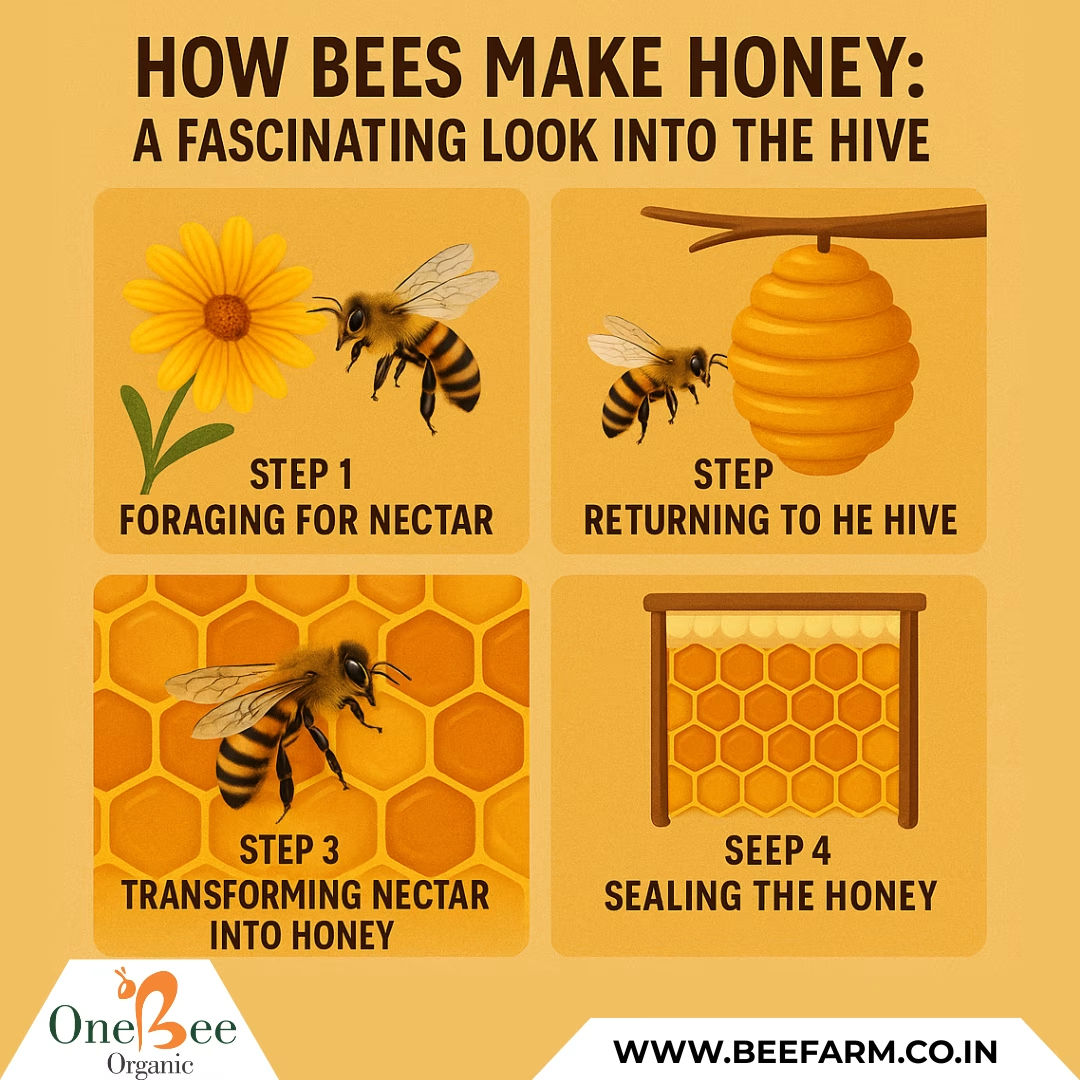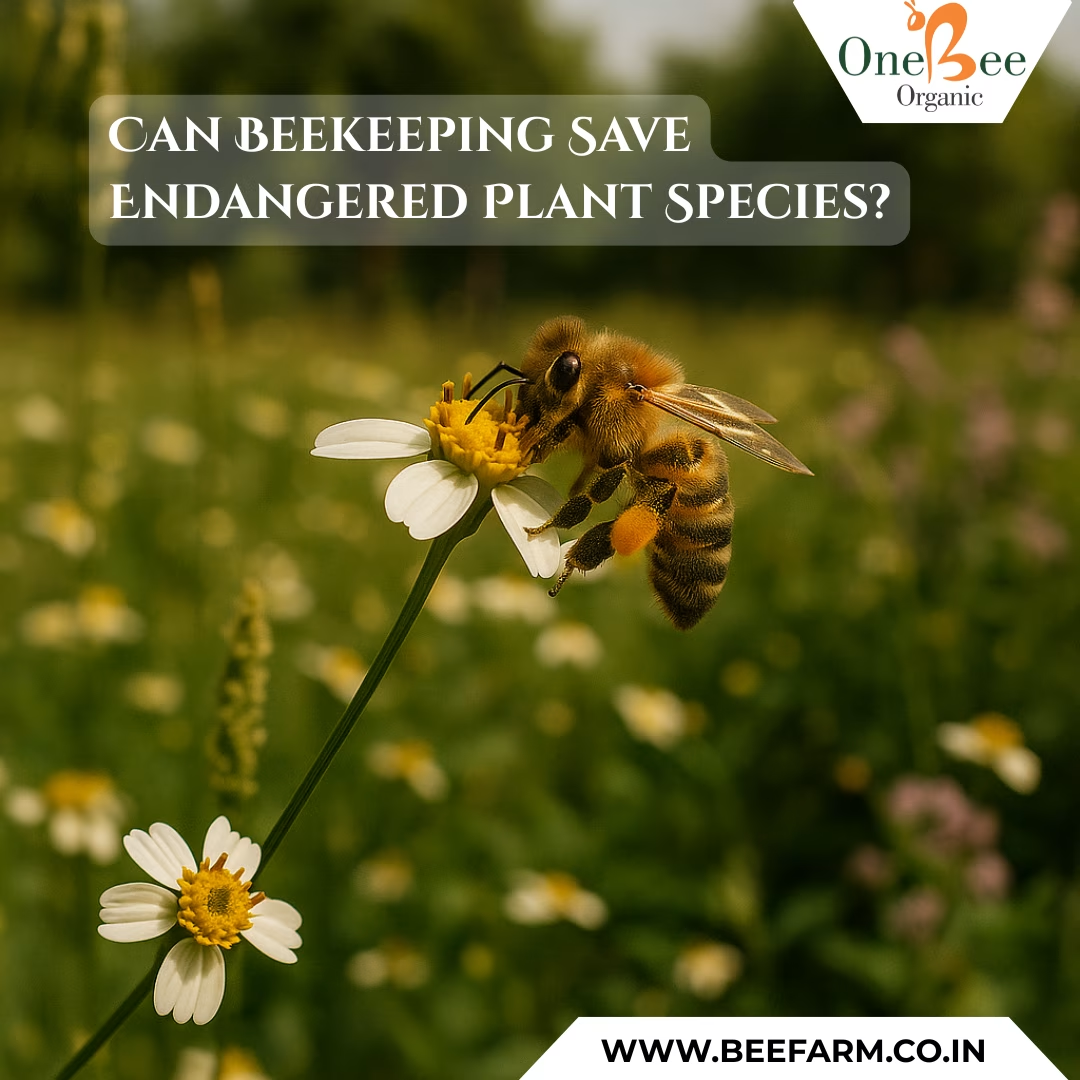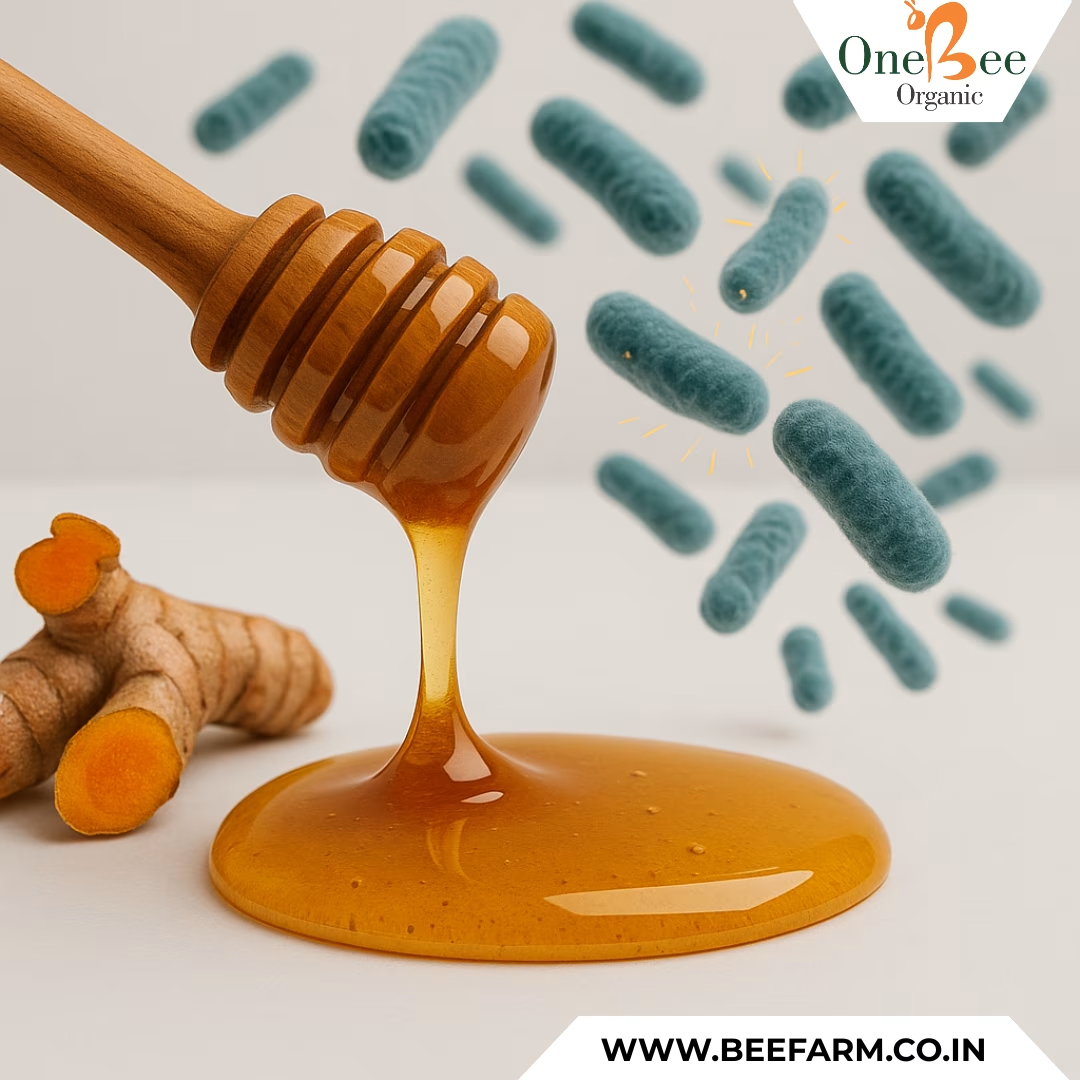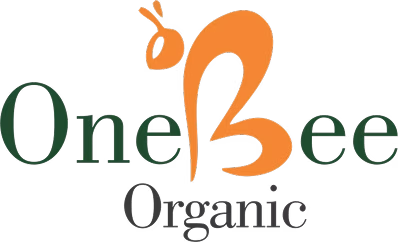How Bees Make Honey: A Fascinating Look Into the Hive
Have you ever wondered how honey — that sweet, golden delight — is made? It’s one of nature’s most amazing processes, carried out by the tiny, hardworking honeybee. Let’s take a fascinating journey inside the hive to see how it all happens!
Step 1: Foraging for Nectar
The process begins when worker bees leave the hive in search of nectar, a sugary liquid produced by flowers. Using their long, tube-like tongues, they sip the nectar and store it in their special “honey stomach,” separate from their main stomach.
Step 2: Returning to the Hive
Once the worker bee’s honey stomach is full, she returns to the hive. There, she passes the nectar to a house bee through mouth-to-mouth transfer, a process called trophallaxis. This transfer starts breaking down the complex sugars into simpler ones, making the nectar easier to digest.
Step 3: Transforming Nectar into Honey
House bees then spread the nectar across the honeycomb cells. This thin layer of nectar is exposed to the hive’s warm, dry air, and the bees fan it with their wings to speed up the evaporation of water. Slowly, the nectar thickens into the sweet, sticky honey we know and love.
Step 4: Sealing the Honey
Once the honey is just right, the bees seal the honeycomb cell with a thin layer of beeswax. This natural cap keeps the honey safe, preserving it for times when food is scarce.
Why Do Bees Make Honey?
Bees don’t just make honey for humans to enjoy — they create it to feed their colony, especially during the cold winter months when flowers aren’t blooming. Honey is their primary food source, rich in energy and nutrients.
A True Wonder of Nature
From flower to hive, every step of honey-making is a team effort requiring skill, organization, and endless hard work. Next time you enjoy a spoonful of honey, remember the incredible journey it took to reach your table — thanks to thousands of tiny, buzzing workers!








Leave A Comment